Introduction: Understanding the Challenge of Wind Gusts
Wind gusts can pose a significant challenge for outdoor furniture, causing it to topple over, slide around, or sustain damage. Whether you live in a windy coastal area or experience occasional gusts during stormy weather, securing outdoor furniture against wind is essential to prevent accidents and protect your investment. In this article, we’ll explore various breezy solutions for securing outdoor furniture, from anchoring techniques to weight distribution strategies, to help you enjoy your outdoor space safely and comfortably.
Assessing Your Environment: Identifying Windy Areas
The first step in securing outdoor furniture against wind gusts is to assess your environment and identify areas prone to windy conditions. Walk around your outdoor space and take note of any open areas, elevated locations, or exposure to prevailing winds that may increase the risk of furniture being affected by gusts. Pay attention to natural wind barriers such as trees, hedges, or fences, as well as the layout and orientation of your property, which can influence wind patterns. By understanding your environment, you can take proactive measures to secure outdoor furniture in vulnerable areas and minimize the risk of damage.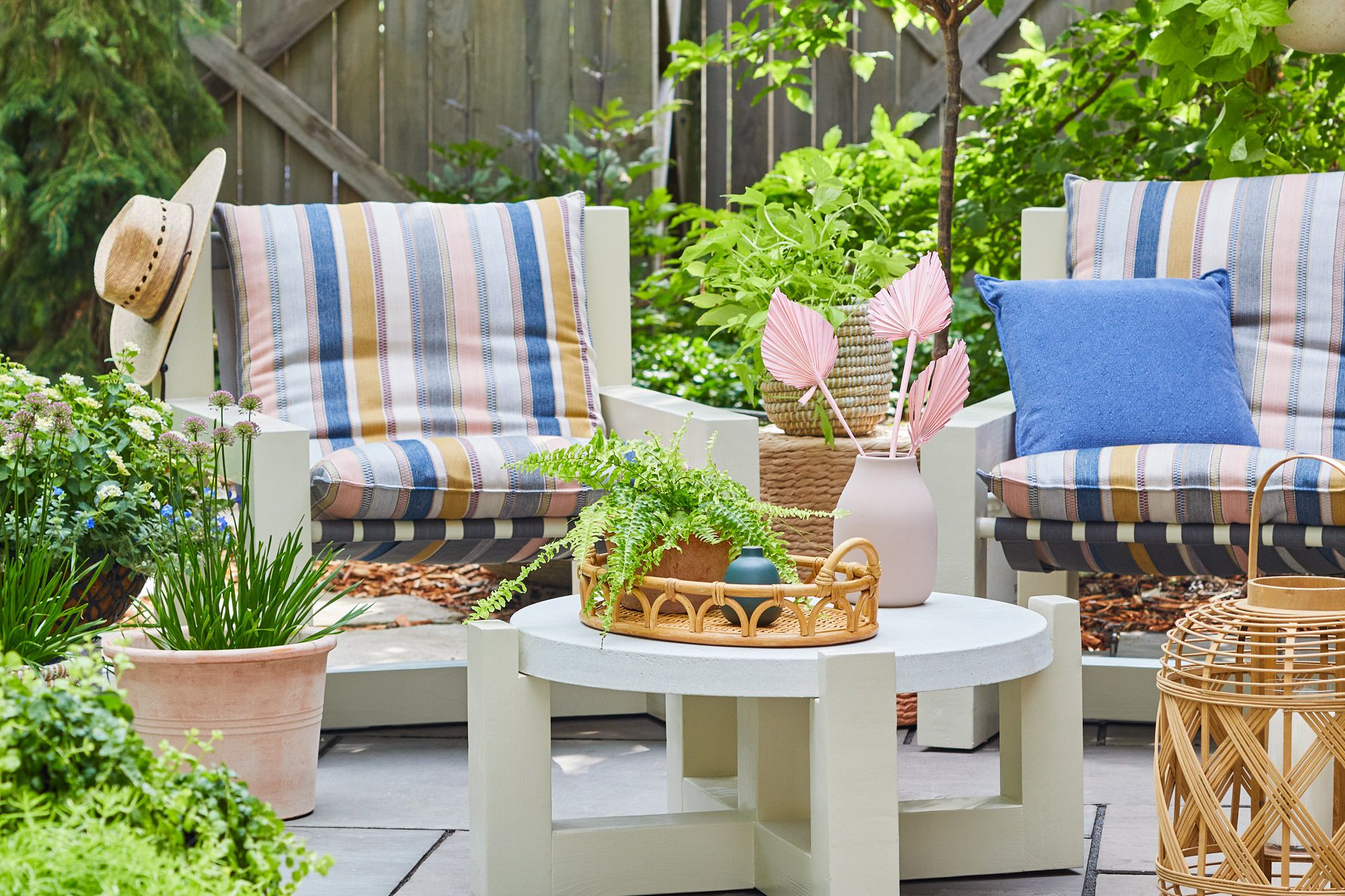
Anchoring Techniques: Stabilizing Furniture in Place
Anchoring outdoor furniture is one of the most effective ways to secure it against wind gusts. Various anchoring techniques can be used depending on the type of furniture and the surface it’s placed on. For lightweight items such as umbrellas, canopies, or lightweight chairs, consider using ground anchors, sandbags, or weighted bases to keep them stable. For larger furniture pieces such as dining tables, sofas, or lounge chairs, anchor them directly to the ground or a solid surface using stakes, screws, or brackets. Additionally, use straps or ties to secure cushions, pillows, and other accessories to prevent them from blowing away in the wind.
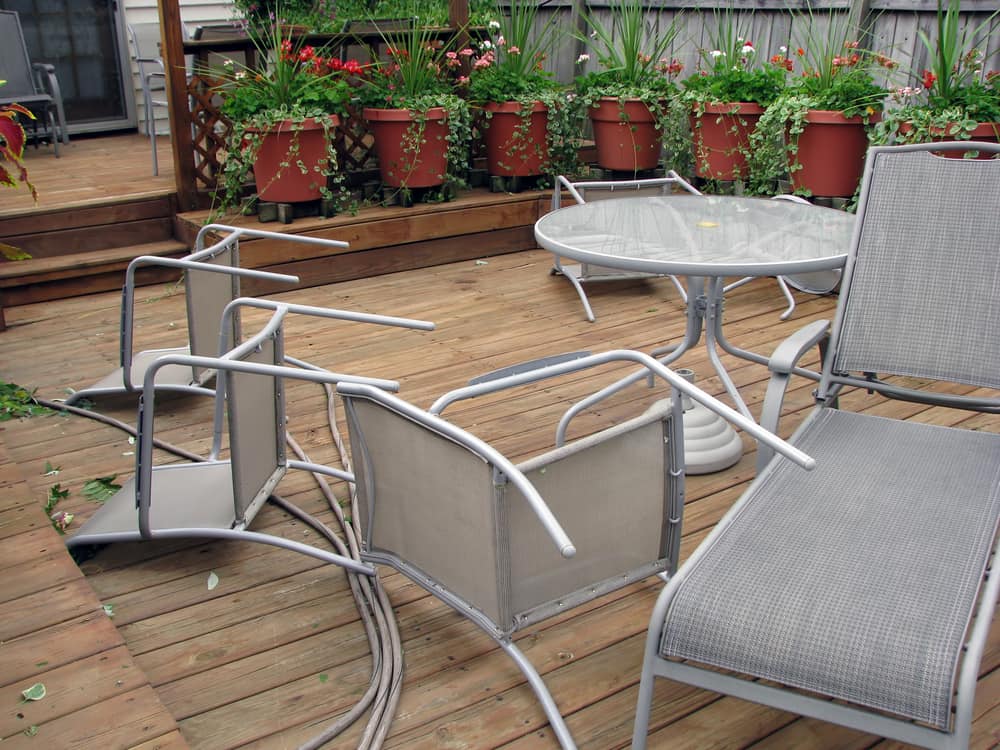
Weight Distribution Strategies: Adding Stability to Furniture
Another approach to securing outdoor furniture against wind gusts is to use weight distribution strategies to add stability and prevent tipping or displacement. This can be achieved by adding weights or ballast to furniture bases or legs to counteract the force of the wind. For example, place heavy objects such as decorative rocks, concrete blocks, or sandbags on the base of umbrella stands, dining tables, or freestanding furniture to anchor them in place. Alternatively, consider using furniture with built-in weight, such as cast iron or concrete pieces, which are inherently more stable and less likely to be affected by gusts.
Flexible Design Features: Allowing for Movement and Flexibility
When selecting outdoor furniture, consider choosing designs with flexible features that can accommodate movement and flexibility in windy conditions. Look for furniture with slatted or mesh surfaces that allow air to pass through, reducing the risk of wind resistance and turbulence. Opt for lightweight materials such as aluminum, resin, or mesh fabrics that are less likely to catch the wind and topple over. Additionally, choose furniture with rounded or tapered edges rather than sharp corners, which can create drag and increase the risk of tipping in strong gusts. By prioritizing flexibility and airflow in your furniture selection, you can minimize the impact of wind gusts and ensure a safer outdoor environment.
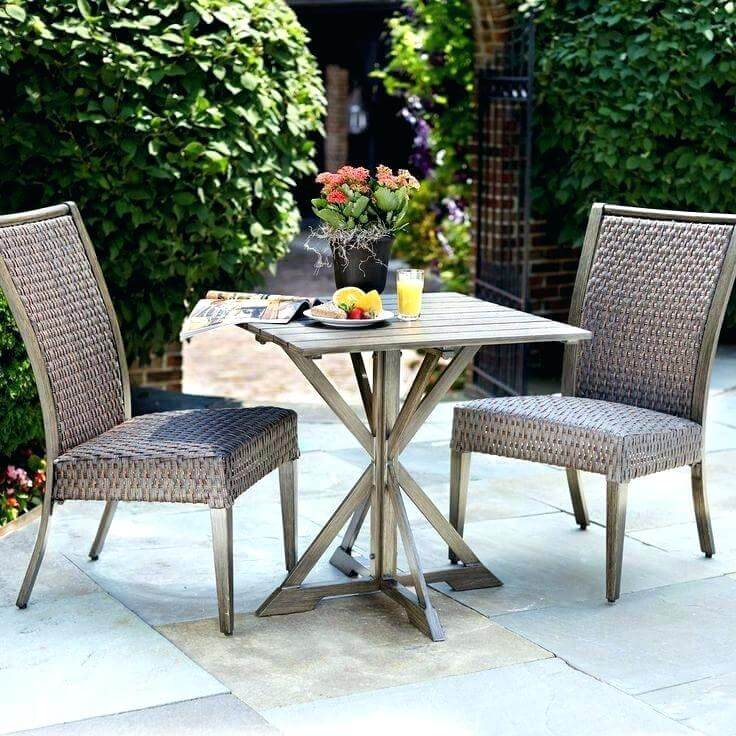
Temporary Measures: Taking Precautions During Windy Weather
In addition to permanent anchoring and stabilization methods, it’s important to take temporary precautions during periods of particularly windy weather. When severe weather is forecasted, consider temporarily relocating lightweight or movable furniture items indoors or to a sheltered area to protect them from gusts. Lower or retract umbrellas, canopies, and awnings to minimize wind resistance and prevent damage. Remove loose cushions, pillows, and accessories from outdoor furniture and store them indoors until the wind subsides. By taking proactive measures during windy weather, you can reduce the risk of damage to outdoor furniture and ensure the safety of your outdoor space.
Regular Maintenance: Inspecting and Repairing as Needed
Finally, regular maintenance is essential for ensuring the effectiveness of wind gust solutions and prolonging the lifespan of outdoor furniture. Inspect furniture regularly for signs of wear, damage, or instability, such as loose screws, rust spots, or wobbly legs. Repair or replace damaged parts promptly to maintain structural integrity and prevent further deterioration. Tighten screws, bolts, and fasteners as needed to keep furniture securely assembled. Additionally, clean and store outdoor furniture properly during the off-season to protect it from harsh weather conditions and extend its lifespan. By staying vigilant with maintenance tasks, you can keep outdoor furniture secure against wind gusts and enjoy your outdoor space with peace of mind.
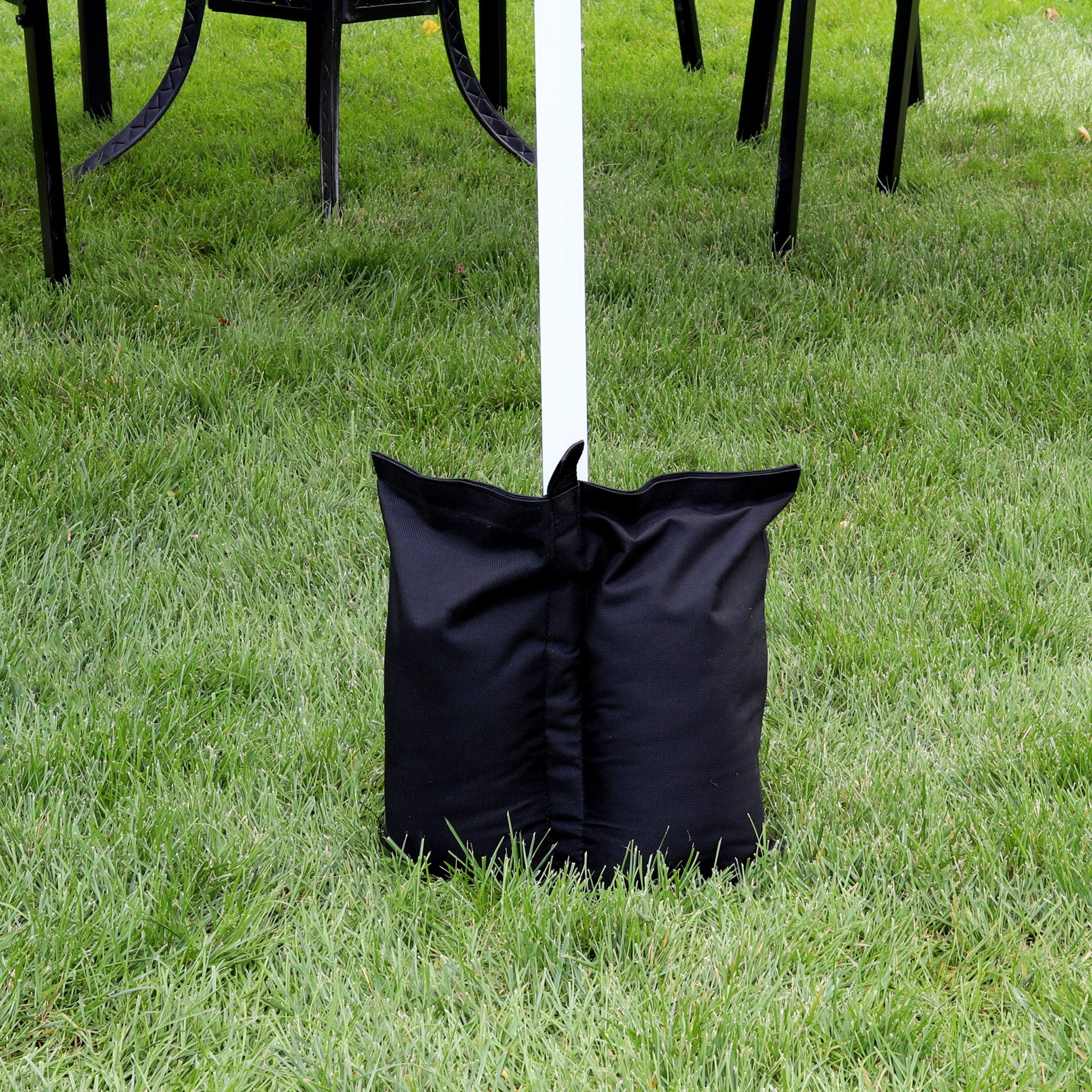
Community Engagement: Building Support for Wind Safety Initiatives
Engaging with the community and building support for wind safety initiatives can create a collective effort to protect outdoor furniture and promote safety awareness. Organize community events, workshops, or outreach programs to educate residents about the importance of securing outdoor furniture and the potential risks of wind gusts. Encourage neighbors to work together to address common challenges and implement solutions that benefit the entire community. By fostering a sense of shared responsibility and collaboration, you can build a stronger, safer community that prioritizes the protection of outdoor spaces and investments.
Innovative Technologies: Exploring Advanced Solutions for Wind Resistance
Advancements in technology offer promising opportunities to develop innovative solutions for wind resistance in outdoor furniture. Explore the use of advanced materials, such as carbon fiber or composite materials, that offer superior strength and durability while remaining lightweight and flexible. Additionally, consider incorporating smart technologies, such as sensors or actuators, that can detect changes in wind conditions and automatically adjust furniture settings or configurations to optimize stability and safety. By embracing innovation and exploring cutting-edge solutions, you can stay ahead of the curve and ensure that your outdoor furniture remains secure and resilient against wind gusts.
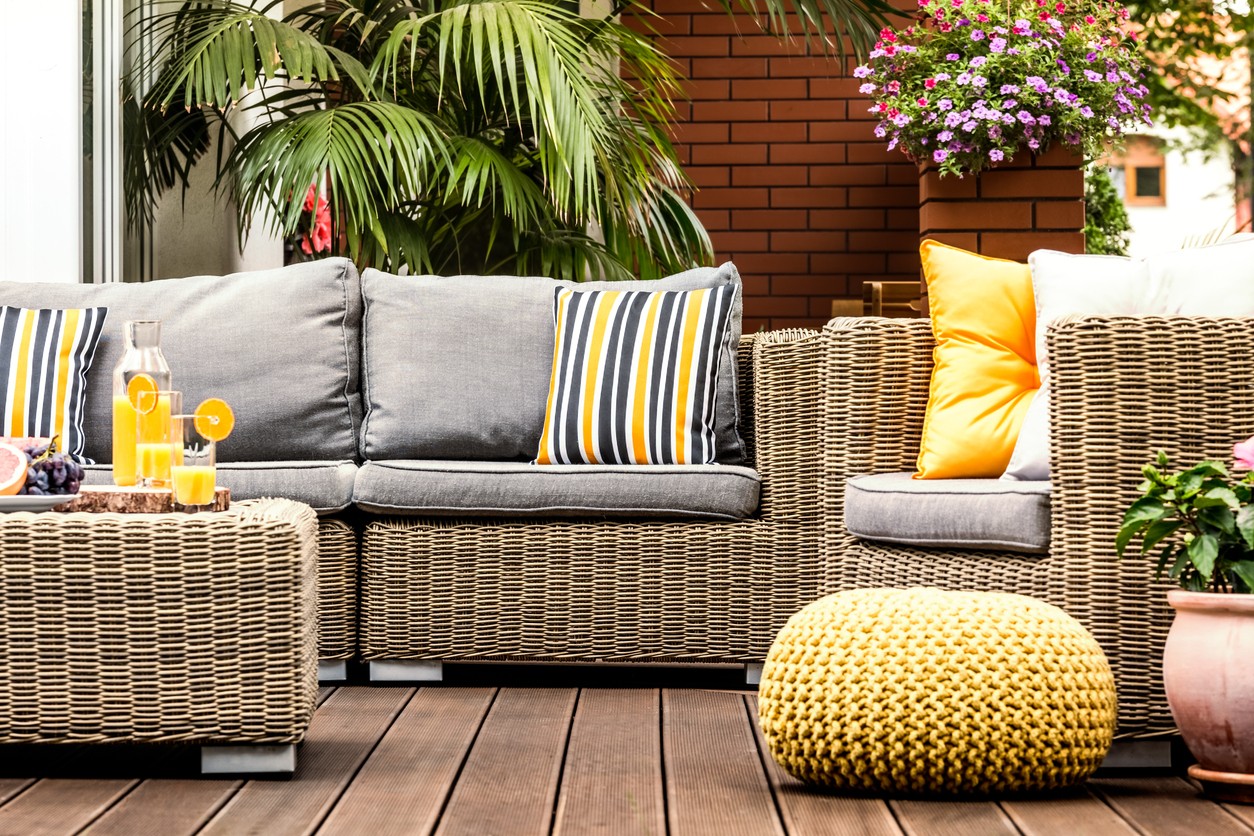
Conclusion: Enjoying a Safe and Comfortable Outdoor Environment
In conclusion, securing outdoor furniture against wind gusts requires a combination of proactive measures, including assessing your environment, anchoring furniture, distributing weight, selecting flexible designs, taking temporary precautions, and regular maintenance. By implementing these breezy solutions, you can create a safe and comfortable outdoor environment that withstands windy conditions and protects your investment in outdoor furniture. With proper preparation and care, you can enjoy your outdoor space year-round, knowing that your furniture is secure and stable against the elements.